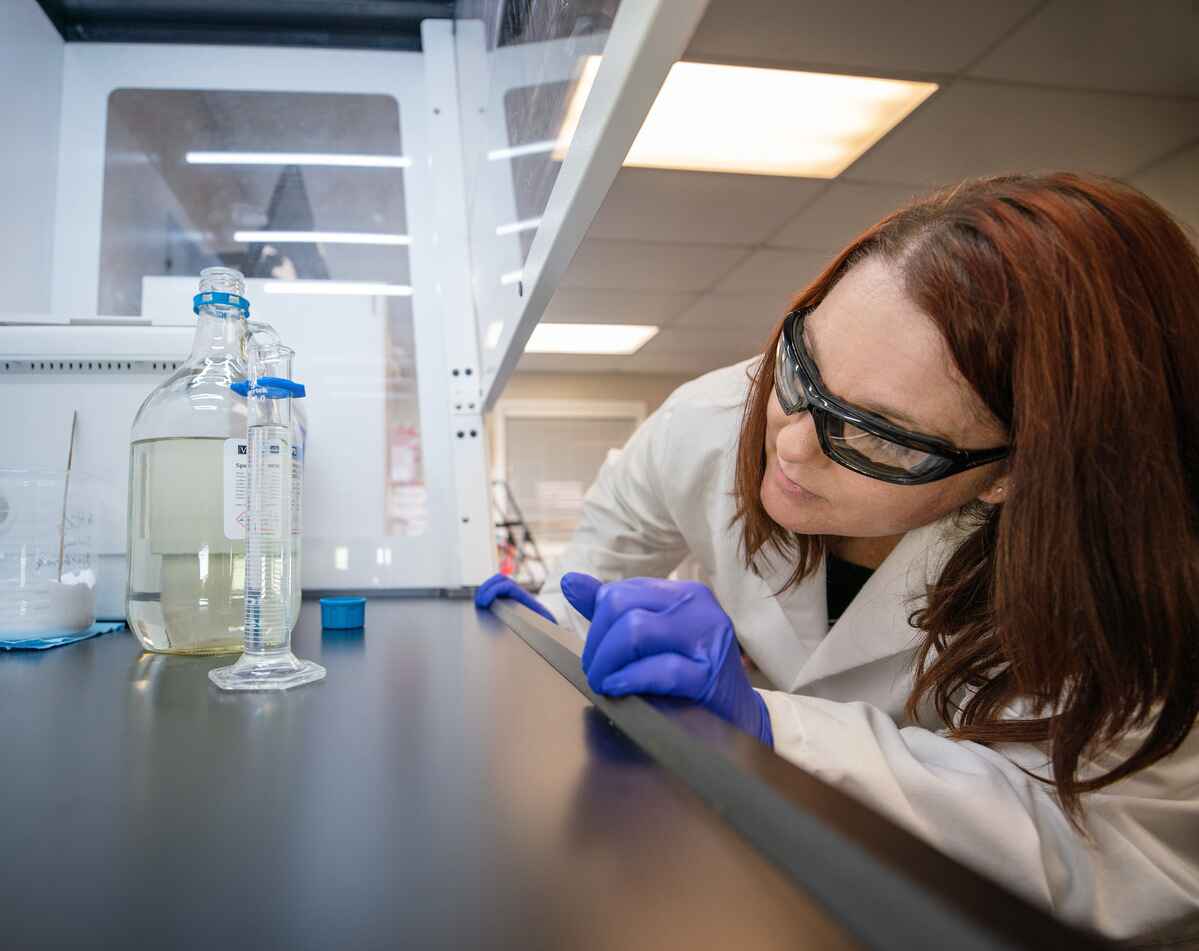

“In the U.S., more than 2.8 million antimicrobial-resistant infections occur each year. More than 35,000 people die as a result, according to CDC’s 2019 Antibiotic Resistance (AR) Threats Report.”
According to the World Economic Forum, “Antimicrobial Resistance (AMR) occurs when microbes evolve to the point where antimicrobial drugs that previously worked against them are no longer effective. As a result of this drug resistance, infections spread and become harder to treat.”
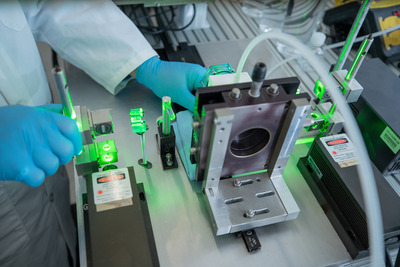 Since 2011, EVŌQ Nano (previously known as Attostat) has been researching and developing breakthrough nanotechnology to eliminate AMR across three core business units—EVŌQ Bio, EVŌQ MedTech, and FUZE Technologies. Effectively killing several of the world’s most dangerous superbugs on the planet without them developing antimicrobial drug resistance.
Since 2011, EVŌQ Nano (previously known as Attostat) has been researching and developing breakthrough nanotechnology to eliminate AMR across three core business units—EVŌQ Bio, EVŌQ MedTech, and FUZE Technologies. Effectively killing several of the world’s most dangerous superbugs on the planet without them developing antimicrobial drug resistance.
The company announced it has raised ten million dollars over the past 18 months, putting the total amount raised at just over $20 million since its founding in 2011. Participating investors have been high-net-worth angel investors. The company is in the process of raising an additional $18 million in outside capital to bridge the gap for a commercial deal in MedTech and Medbio.
We sat down with Shaun Rothwell, CEO and investor in EVŌQ Nano. We discussed the novel methods the company has developed to kill drug-resistant bacteria. “As of today, in third-party testing, we have killed 64 strains of the nine most dangerous superbugs listed by the WHO (World Health Organization),” said Rothwell.
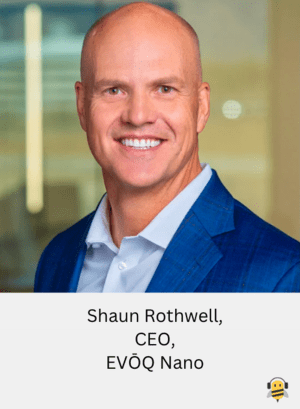 He explained that one of the applications of his company’s technology is well-suited to address the massive problem of Healthcare Acquired Infections, or HAIs, that are associated with many medical devices. “Over 20,000 people die every year from urinary catheter infections in the U.S. alone,” said Rothwell. “To address this problem we created a nanoparticle platform for the development of full-thickness, lifetime antimicrobial catheters. This platform has the potential to significantly impact device-related infections, much like how the antibiotic revolution transformed infectious disease treatment a century ago,” said Rothwell.
He explained that one of the applications of his company’s technology is well-suited to address the massive problem of Healthcare Acquired Infections, or HAIs, that are associated with many medical devices. “Over 20,000 people die every year from urinary catheter infections in the U.S. alone,” said Rothwell. “To address this problem we created a nanoparticle platform for the development of full-thickness, lifetime antimicrobial catheters. This platform has the potential to significantly impact device-related infections, much like how the antibiotic revolution transformed infectious disease treatment a century ago,” said Rothwell.
“We’re discussing applications of this technology with large catheter companies for exclusivity on this technology in several different areas of catheters. We’re on the brink of having partnerships with a few of the top manufacturing organizations and expect those catheters to be in the market as early as 2025. Although we can’t name the companies,” said Rothwell, “we’re currently working with nine of the top 15 catheter manufacturers and OEMs in the world. The interest level is high.”
In the medical realm, the company is developing applications for a range of catheters. “The implications of this technology are vast with its proven ability to resist bacteria colonization and biofilm formation without triggering antimicrobial resistance. Not just urinary catheters, but dialysis catheters, stents, and oncology catheters that are used long-term for chemotherapy treatments,” added Rothwell.
Another division of the company, FUZE Technologies, diversifies EVŌQ Nano’s product use cases to surface and textile treatments. “Right now we are present in plants that are manufacturing in China, Taiwan, Peru, Dubai, and India. The New England Patriots have been treating their locker rooms, practice, and office facilities for about six years with our technology,” said Rothwell.
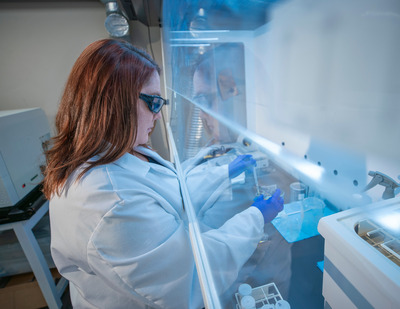 “We are also already treating millions of yards of textiles with our technology,” he added.
“We are also already treating millions of yards of textiles with our technology,” he added.
EVŌQ Nano’s technology works well in treating clothing and textiles to be odor-resistant in a more effective way than current approaches to creating an anti-microbial environment free of harmful chemicals.
Rothwell explained, “If you buy something from Lululemon or from another company that claims they have an anti-odor or anti-microbial environment, that garment will likely be odor resistant somewhere between 10-20 washes. We’ve gone as high as 115 wash cycles on all of the different brand materials we’re treating, and after 100+ wash cycles, we are still showing the material’s properties to be 99.9% effective.”
He added that the company’s EPA-approved antimicrobial technology is also free of chemicals, toxicity, and environmental waste.
So how does this technology work? What makes these results possible?
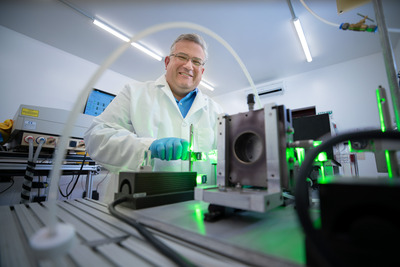 “Traditional nanoparticle technologies use charged ionic particles to break open the bacteria cell wall,” explained Rothwell, “In contrast, EVŌQ Nano has developed the first and only non-ionic silver nanoparticle, named EVQ-218. It works by inhibiting metabolic activity within the bacterial cell, hindering the bacteria’s ability to survive, without lysing (or destroying) the cell wall which can trigger antibacterial resistance.”
“Traditional nanoparticle technologies use charged ionic particles to break open the bacteria cell wall,” explained Rothwell, “In contrast, EVŌQ Nano has developed the first and only non-ionic silver nanoparticle, named EVQ-218. It works by inhibiting metabolic activity within the bacterial cell, hindering the bacteria’s ability to survive, without lysing (or destroying) the cell wall which can trigger antibacterial resistance.”
This distinction is crucial because the traditional method of action instead utilizes ionic nanoparticles which lead to ion emission, antimicrobial resistance, and toxicity. EVŌQ’s nanoparticles are different in that they are ion-free, uniform, stable, extremely small (sub-10 nanometers), yet strong enough to kill the bacteria cell without contributing to antimicrobial resistance.
This is due to their unique method of action which “sequesters or traps the sulfur within a bacteria cell, killing its energy source,” said Rothwell. “We have mitochondria in our cells that reproduce energy and sustain life,” explained Rothwell, “Bacteria’s primary source of energy is sulfur-based. When our nanoparticles penetrate the cell wall of a bacteria, the sulfur is attracted to EVQ-218 particles, and the bacteria cell dies because it halts the metabolic process within the bacteria cell.” It is essentially starved of energy and cannot reproduce.
To emphasize how important this new EVQ-218 nanoparticle is, we may need to understand how it differs from other nanosilvers. “Consider a traditional nanoparticle made from silver, think of the random shape of broken sharp glass. It continually breaks down and breaks into smaller shards that break the cell wall and kill the bacteria. However, EVQ-218 is perfectly spherical and exponentially smaller. It can penetrate the cell wall without breaking it and alerting other bacteria to drug resistance,” said Rothwell.
EVŌQ Nano’s research and results have shown considerable success and potential across the healthcare industry. Rothwell stated, “With two grants from the Cystic Fibrosis (CF) Foundation, an inhaled therapeutic developed using EVŌQ Bio’s EVQ-218 platform has already completed initial non-GLP testing to kill drug-resistant bacterial infections in the lungs. Current CF treatments only focus on easing symptoms and reducing complications caused by the buildup of mucus in the lungs of CF patients. Our novel therapeutic holds promise to treat pulmonary bacterial infections in patients diagnosed with cystic fibrosis.”
 Last week the company had a pre-IND meeting with the FDA where it presented the remaining testing for the approval process of their therapeutic for pulmonary infections. “We are moving forward with Phase I clinical trials and anticipate being able to license the technology to a pharmaceutical co-development partner who would then take the drug into production through the remaining FDA trials and into the market,” said Rothwell.
Last week the company had a pre-IND meeting with the FDA where it presented the remaining testing for the approval process of their therapeutic for pulmonary infections. “We are moving forward with Phase I clinical trials and anticipate being able to license the technology to a pharmaceutical co-development partner who would then take the drug into production through the remaining FDA trials and into the market,” said Rothwell.
The company recently built and moved into a new building, a 60,000-square-foot facility. “There’s lots of room for growth for the projects in the pipeline,” said Rothwell. “We don’t want our facilities and manufacturing process to inhibit any of the commercial efforts that our partners will need us to be prepared for.” The company currently consists of 23 employees and is located in Salt Lake City, Utah.
For more information about EVŌQ Nano, visit their website and follow them on LinkedIn.

